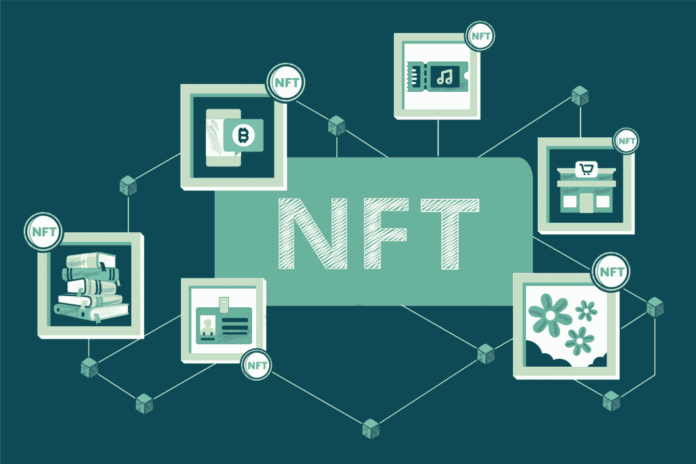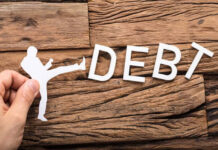NFTs are everywhere you look on the internet these days. Once something only a select few had come across, now most people know what they are, and there are many celebrities talking about their latest trades or NFTs to watch out for on social media. They have been integrated into the digital art world, including the music and gaming industries.
Even businesses are starting to utilize them in their marketing campaigns or look into how they can use them as investments or in ways to further their brand. Therefore, it might be that you want to see what all the interest is about.
If you’re curious about how to start investing in and collecting NFTs, then this article is for you. It will also explore how you can create and market your own collection and offer some valuable tips. So let’s dive straight in.
What are Non-Fungible Tokens (NFTs)?
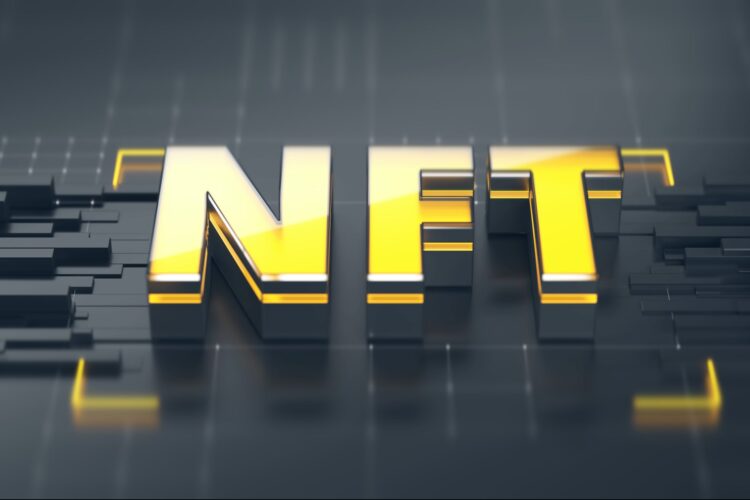
Just in case you need to start with the basics – non-fungible tokens are unique digital assets that cannot be divided, copied, or replaced. They are built on blockchain technology and are used to track and verify ownership of digital assets. They can be used to represent a variety of digital assets, including art, music, gaming items, sports memorabilia, and more. The only limit is your imagination!
NFTs are different from traditional digital currencies, such as Bitcoin or Ethereum, because they are not interchangeable and have no fixed value. Instead, their value is determined by the market and the demand for the item. They are also highly secure, as blockchain technology makes it virtually impossible to counterfeit the asset or create additional copies. If you think of Bitcoin as similar to a dollar, then you should think of NFTs as similar to great paintings – like the Mona Lisa or a Lichtenstein.
What You Need to Know About NFT Collecting and Investing
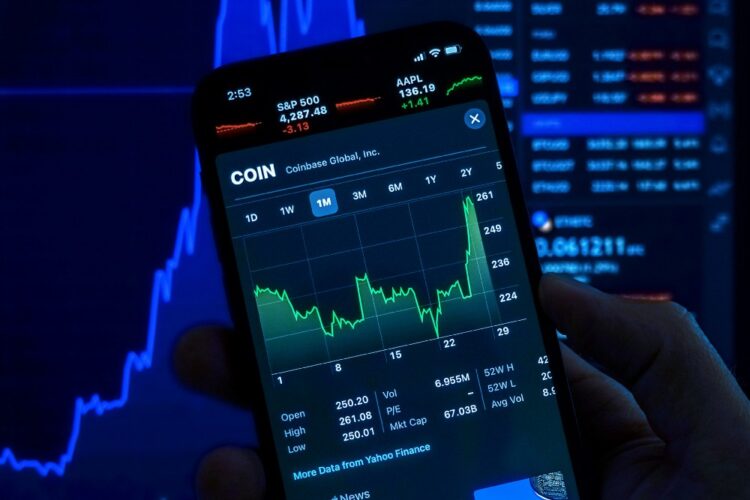
Before you start collecting and investing in NFTs, there are some things you need to know. First, they are still a relatively new concept, so the market is volatile and unpredictable. This means that the value of your NFTs can increase or decrease quickly. It is important to use your head when making your collection – if you want it to be an investment, then you need to research any desired NFT extremely carefully and consider whether it will continue to increase in value.
If you want to merely be a collector, then it might be that you do not mind if the worth decreases. It is the same with anything people may want to collect – the value comes from its desirability, and this can change as society changes. Additionally, they are not regulated, so you should do your due diligence before investing in them. You should carefully research the item and the seller to make sure that what you are buying is genuine and that the seller has the right to sell.
Lastly, as with most things, they can be stolen if not properly secured, so you should look carefully into cybersecurity options and make sure to secure your wallet with the latest technology available.
Steps to Create Your Own NFT Collection
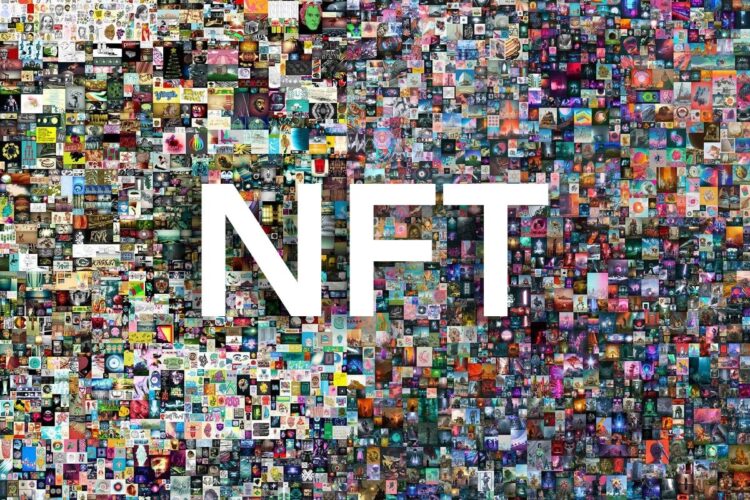
Creating an NFT collection is relatively simple. First, you’ll need to decide what type of NFTs you want to collect. This will obviously be unique to you and what you value. As mentioned above, you might want your collection to be an investment, in which case you want to look out for NFTs which will hold their value well.
If you value a certain artist or musician, then naturally, you will want to collect their particular NFTs and potentially add to an existing physical collection. Once you have a general idea, you can start browsing the listings on an NFT marketplace. For an investment, you will want to keep an eye out for rare and unique NFTs, as these will likely appreciate in value over time.
Once you find an NFT you like, you’ll need to purchase it using cryptocurrency. After completing the transaction, the NFT will be stored in your wallet. You’ll want to keep your wallet safe and secure, as NFTs are valuable and can be stolen if not properly secured.
You can continue to add to your collection by browsing the NFT marketplace at OKX and looking for unique and rare NFTs. As you find and purchase NFTs, you may want to keep track of them in a spreadsheet or database. This will assist you in keeping track of your collection and help you make decisions about what to buy, sell, or trade as your collection grows.
The significance of curation cannot be overstated. When focusing on digital art collections, it’s essential to select pieces that not only captivate but also harmonize with the desired theme or aesthetic. A well-curated collection is akin to a finely curated physical art gallery, where each piece tells a story and enhances the overall ambiance and every foundation NFT marketplace is directed that way. The uniqueness and alignment of each artwork contribute profoundly to the collection’s desirability, creating a ripple effect on its overall valuation.
Beyond the visible art lies the critical foundation of metadata and documentation. This isn’t merely a checklist of details like the artist’s name or creation date. It’s an intricate narrative that provides depth and context to each piece. As in traditional art, where provenance can amplify an artwork’s value, comprehensive documentation of an NFT offers transparency and authenticity, essential components for establishing trust and appeal in the dynamic digital art landscape.
How to Market Your NFT Collection
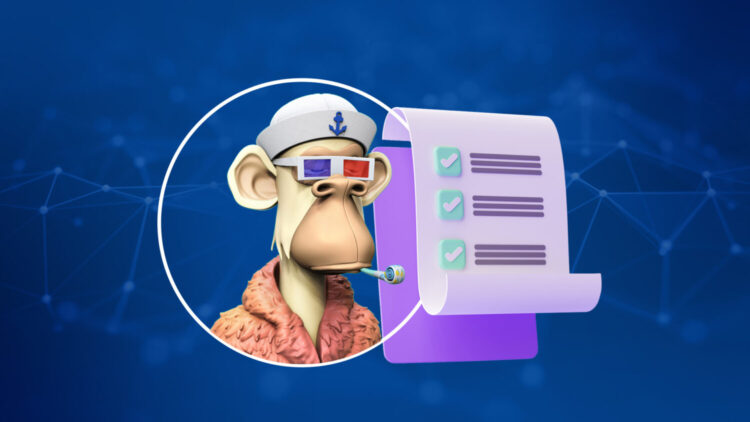
Once you have built up your collection, you may want to start marketing it if you have chosen to use NFTs as a way to make money. You should carefully consider your marketing strategy – will there be a general audience for your NFT, or will it appeal to a more niche market?
You can raise awareness of what you have for sale by posting about your collection on social media and other platforms. Consider trying to raise interest in what you have before actively trying to sell. Once you are ready to sell and you believe you have a decent audience who want your NFTs, then you should consider creating a website to showcase and sell your NFTs.
You should definitely make the effort to join NFT communities and forums to connect with other collectors and buyers – this is something that you may already have done to get a feel for the types of NFTs that hold their value, but you should step up your involvement and interaction with the community if you want to sell. If no one has ever heard of you, they are highly unlikely to buy what you have to sell.
Emerging Trends in the NFT Space: Beyond Digital Art
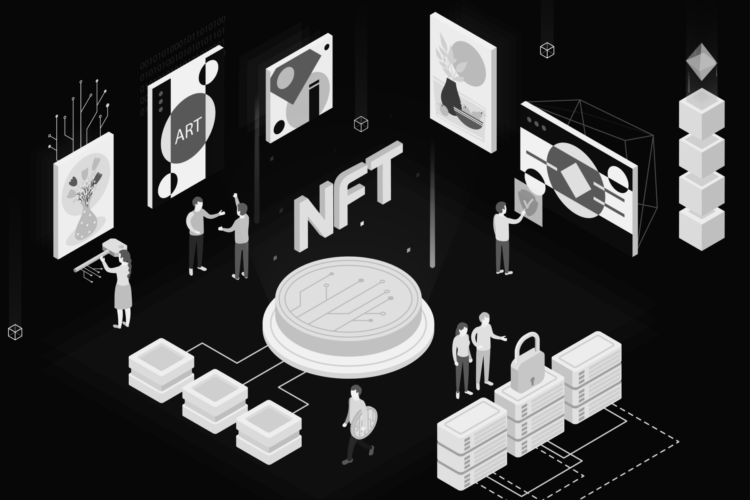
The NFT (Non-Fungible Token) landscape is rapidly evolving, with innovative trends capturing the imagination of investors and enthusiasts alike. One of the most intriguing developments is the rise of virtual real estate. Platforms like Decentraland and Somnium Space are allowing users to buy, sell, and develop parcels of digital land, paving the way for a new era of digital property rights.
Metaverse assets, another burgeoning trend, are blurring the lines between reality and the virtual world. These assets, ranging from digital wearables to unique avatars, are becoming valuable commodities in virtual environments. They offer users a chance to showcase their individuality and status within these digital realms.
Tokenized real-world assets are also making waves. Imagine owning a fraction of a Picasso painting or a rare vintage car through NFTs. This trend is democratizing ownership, allowing more people to invest in high-value assets they wouldn’t have access to otherwise.
However, above all these, crypto art remains the most talked-about segment in the NFT space. You must be wondering what is crypto art. Digital artists are achieving unprecedented fame and fortune, but this raises questions. How do we value digital art? Is its value purely speculative, or is there a deeper cultural significance at play?
These emerging trends and questions not only pique curiosity but also hint at the vast potential of NFTs, urging readers to delve deeper and explore the limitless possibilities within this digital frontier.
Conclusion
NFTs can be a very lucrative market for investors and collectors. Just make sure you do your research thoroughly before committing any funds to any NFTs, keep everything you purchase secure, and soon build a collection that everyone will envy. Good luck!

